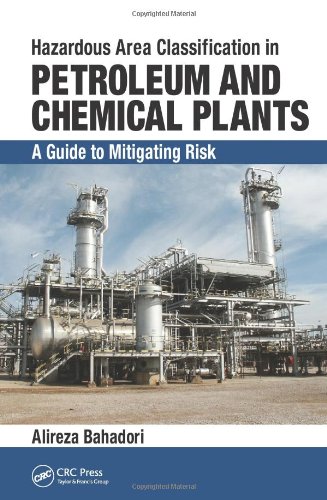

Most ebook files are in PDF format, so you can easily read them using various software such as Foxit Reader or directly on the Google Chrome browser.
Some ebook files are released by publishers in other formats such as .awz, .mobi, .epub, .fb2, etc. You may need to install specific software to read these formats on mobile/PC, such as Calibre.
Please read the tutorial at this link: https://ebookbell.com/faq
We offer FREE conversion to the popular formats you request; however, this may take some time. Therefore, right after payment, please email us, and we will try to provide the service as quickly as possible.
For some exceptional file formats or broken links (if any), please refrain from opening any disputes. Instead, email us first, and we will try to assist within a maximum of 6 hours.
EbookBell Team

0.0
0 reviewsDue to an increase in the wide-range of chemicals in petrochemical processing industries, as well as frequency of use, there has been a steady rise in flammability problems and other hazards. Hazardous Area Classification in Petroleum and Chemical Plants: A Guide to Mitigating Risk outlines the necessities of explosion protection in oil, gas and chemical industries, and discusses fire and occupancy hazards, extinguishing methods, hazard identification, and classification of materials. This book addresses these issues and concerns and presents a simple hazard identification system to help offset future problems.
It offers information on the hazards of various materials and their level of severity as it relates to fire prevention, exposure, and control. The system provides an alerting signal and on-the-spot information to help protect lives in an industrial plant or storage location during fire emergencies. Understanding the hazard helps to ensure that the process equipment is properly selected, installed, and operated to provide a safe operating system.
This text also includes a summary of the rules, methods, and requirements for fighting a fire, introduces various hazard identification systems.
• Includes a summary of the rules, methods, and requirements needed to extinguish a fire
• Introduces various hazard identification systems
• Includes concepts for layout and spacing of equipment in process plants
The book serves as resource for plant design engineers as well as plant protection and safety personnel in planning for effective firefighting operations.